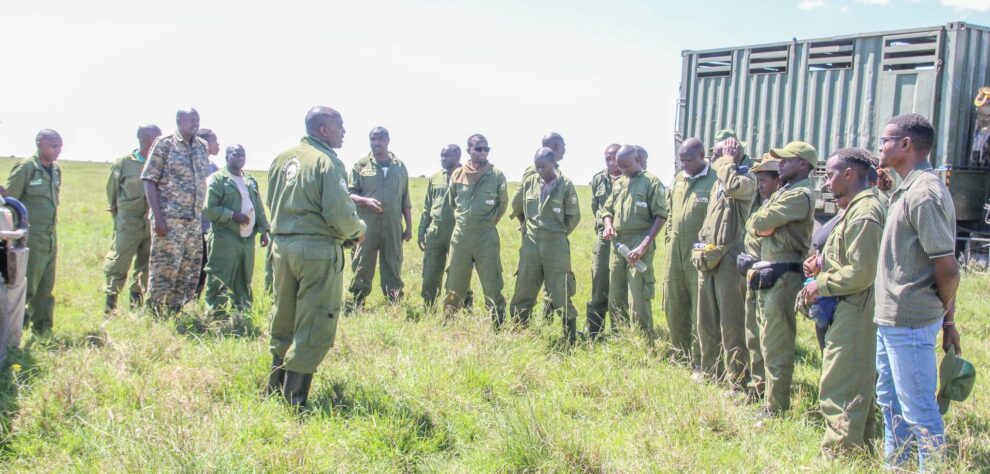By Musa Maridhawa
Though undoubtedly a global heritage, Kenya’s wildlife has long exacted a heavy toll on communities that live alongside wildlife. Between 2014 and 2023 alone, over 500 lives were lost, and 30,000 livelihoods affected by encounters with elephants, lions and buffaloes.
Delays in compensating affected parties only ends up deepening distrust between authorities and those affected by human-wildlife conflicts. Yet, under the Kenya Kwanza administration, more resources have been released by the Government for compensation compared to the period between 2013 and 2021 during which a new law has been in place.
At the heart of this transformation are Kenya’s wildlife rangers, part conservationists and part mediators. In the rugged terrain of Laikipia, a senior warden Grace exemplifies this dual role where by day, she tracks collared elephants and by night, she mediates village meetings, translating conservation jargon into kinship.
The efforts of the wardens have led to a drop of retaliatory killing of elephants by a whooping 40% in three years. The same feat echoed in Tsavo, where ranger-led “Conflict Response Units” deploy chilli fences and SMS alert systems to deter elephants.
Regarding human-wildlife co-existence, “Technology helps, but trust is our true tool,” so says Kenya Wildlife Service (KWS) Director General Erastus Kanga. The rangers’ ethos, a mix of empathy and science, has redefined community engagement in many parts of Kenya. In Samburu, former poacher Lketinga Lekopir now leads community scouts, using indigenous knowledge to predict animal movements.
“We once saw parks as enemies. Now, we’re partners,” he says. Such collaborations birthed initiatives like the “Predator-Proof Boma Project,” which has reduced livestock losses by 70% in Amboseli, according to KWS reports.
Tourism Cabinet Secretary Rebecca Miano credits rangers for humanising policy: “Their boots-on-the-ground compassion turns victims into stakeholders.” This shift is tangible in Narok, where compensation funds rebuilt a school destroyed by elephants in a project shepherded by ranger-led dialogues.
Despite progress, a few hurdles still linger. A Ksh. 1.3 billion compensation backlog persists, and rangers remain under-resourced as many patrol vast areas without GPS or medical kits.
Yet, innovations like biodiversity credits and community-led conservancies offer a promise for a better tomorrow. As President William Ruto prepares to preside over a landmark compensation drive in a few days from now, focus on making human-wildlife coexistence a reality has been sharpened and designed for sustainability. According to the ministry of Tourism and Wildlife, the on-going compensation exercise is more than just paying debts. Rather it is more of an investment in coexistence.
For some communities that live in the neighbourhoods where wild animals call home, chilli farms funded by compensation and guarded by ranger-installed beehive fences offer livelihoods. This model ensures that wild animals and especially elephants stay away and children go to bed well fed.
In the words of Nobel laureate Wangari Maathai, “We owe it to ourselves to build a world where people and nature thrive.” Through the grit of rangers and the promise of reform, Kenya is inching yet closer to the ideal of human-wildlife co-existence, not conflict.
Maridhawa is Kilifi-based ethnographer





















Add Comment